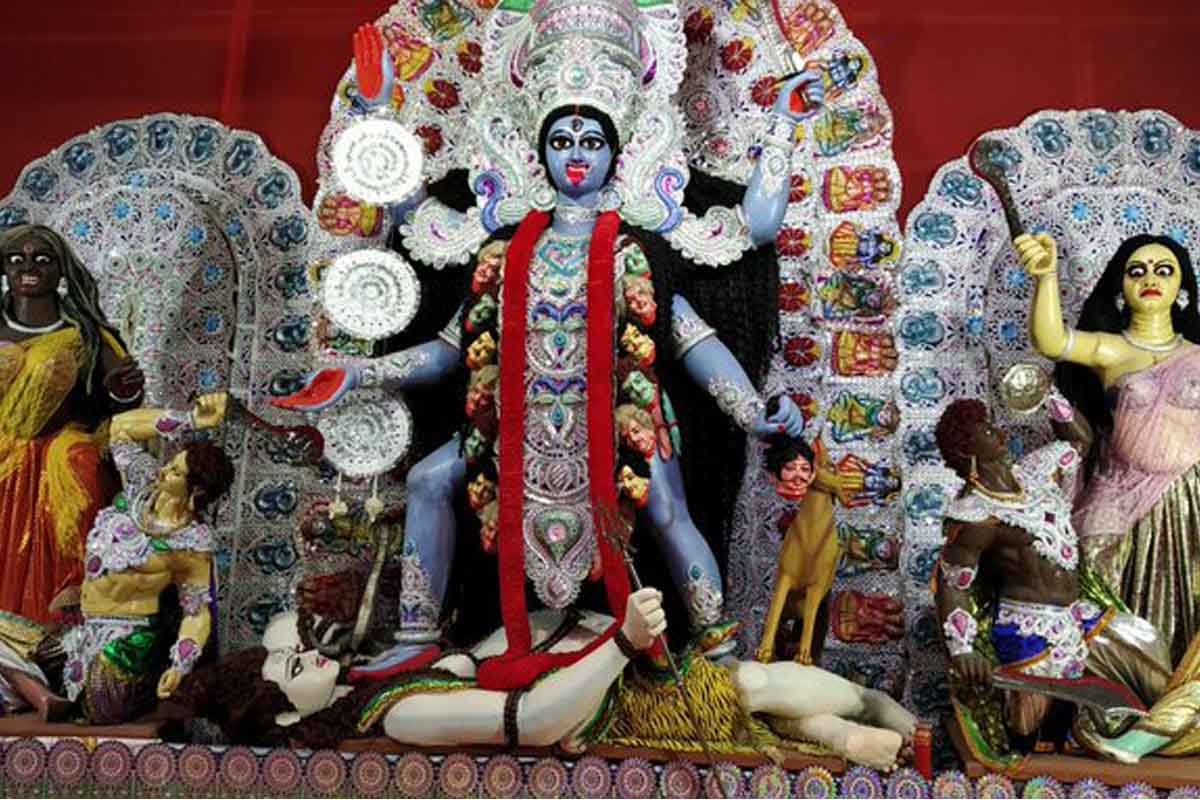3 hurt after locals beat up jatra workers
Three people were injured when locals beat them up seeking free pass during a advertisement campaign of a jatra party in Khandra gram panchayat area, under Andal police station, here today.
The nearly two-century-old Satyamayi Kali Puja of Tamali Para in Chinsurah continues to be performed in its traditional way, as initiated by Sadhak Bama Kheyepa of Tarapith.

(Image: Twitter/@PrabhatTewari07)
The nearly two-century-old Satyamayi Kali Puja of Tamali Para in Chinsurah continues to be performed in its traditional way, as initiated by Sadhak Bama Kheyepa of Tarapith. According to the legend, Satyamayi Devi, a housewife from Tamali Para, had a dream instructing her to collect a neem log that would soon float to the nearby riverbank ghat. The next morning, she went to the ghat and found a neem log stuck to the bank. She collected it and took it home. On the same day, a person from Peyara Bagan in Chinsurah visited Satyamayi Devi’s house and revealed that he had also received a divine instruction in a dream to carve an idol of Dakshina Kali from the God-sent neem log.
Following the divine guidance, he carved the idol for a sum of Rs. 9. Soon after the idol was completed, Tarapith Bama Kheyepa arrived by boat at the Tamali Para ghat and entered Satyamayi Devi’s house, where the newly carved idol of Kali was placed. The place echoed with chants of “Jai Tara, Jai Tara” as Bama Kheyepa performed the Kali Puja. Rama Mukherjee, a descendant of Satyamayi Devi, said: “Bama Kheyepa visited our house twice to perform the Kali Puja. To this day, the Kali Puja is performed according to traditional rituals, including the sacrifice of a three-month old he-goat to the Goddess. The nearby riverbank ghat is named after Satyamayi Devi.” Despite its historical significance, the house of Satyamayi Devi and the Satyamayi Devi ghat, where the great saint of Bengal, Bama Kheyepa, had visited twice, remain neglected.
Advertisement
Advertisement
Advertisement